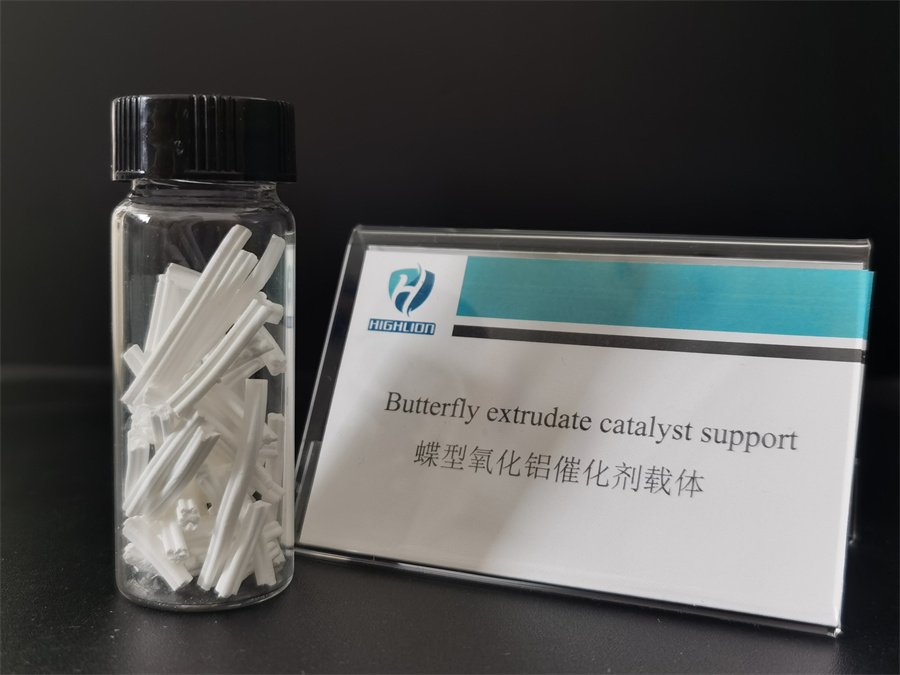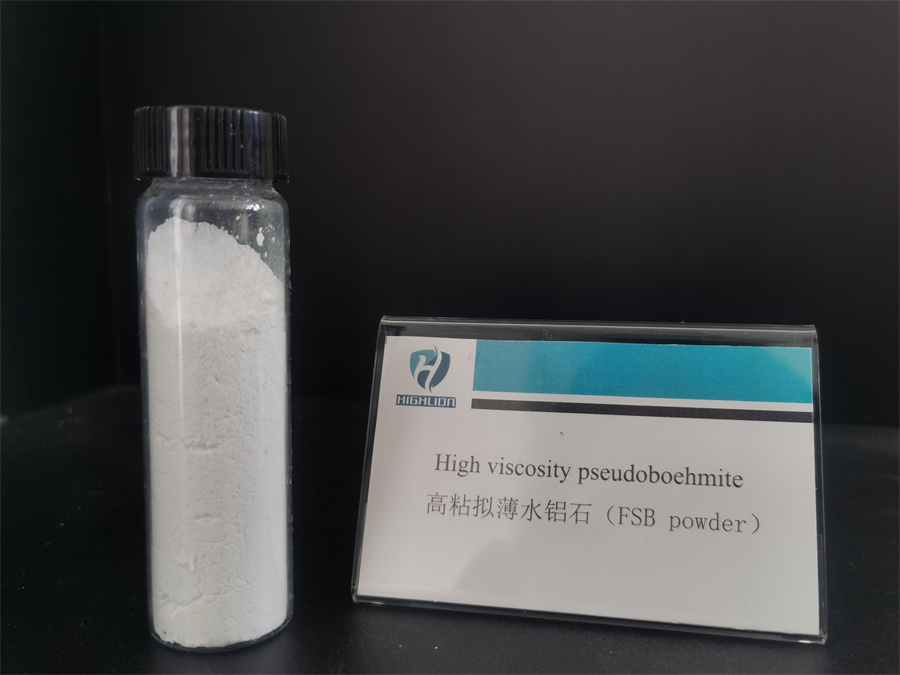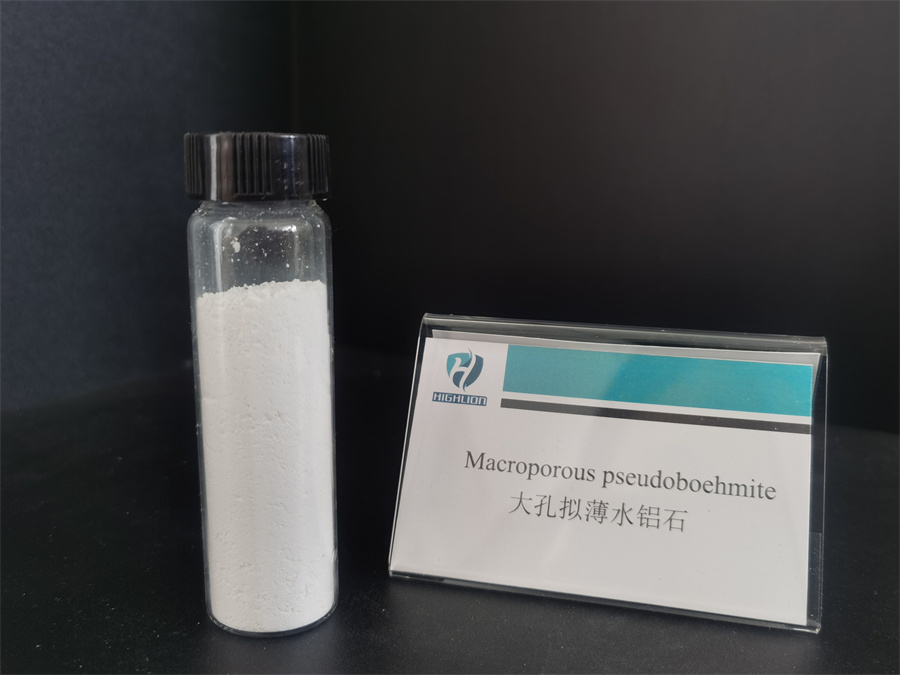Alumina catalyst support for HDN

Hydrodenitrogenation (HDN) Alumina Catalyst Support
Hydrodenitrogenation (HDN) is a critical reaction in petroleum refining and chemical processes for removing nitrogen-containing compounds. Alumina (Al₂O₃), as a catalyst support, plays a vital role in this process. Below is a detailed analysis of alumina as an HDN catalyst support:
1. Advantages of Alumina as a Support
– High Specific Surface Area**: γ-Al₂O₃ exhibits a specific surface area of 200–300 m²/g, providing highly dispersed sites for loading active metals (e.g., Mo, Co, Ni).
– Adjustable Pore Structure**: Pore size (2–50 nm) and pore volume can be tailored via preparation methods (e.g., precipitation, hydrothermal synthesis) to optimize reactant diffusion and mass transfer.
– Surface Acidity: Weak acid sites (Lewis acid) on alumina facilitate the adsorption of nitrogen-containing compounds (e.g., pyridine, quinoline) and promote C-N bond cleavage.
– Thermal Stability: Maintains structural integrity under harsh HDN conditions (300–400°C, 5–15 MPa).
– Mechanical Strength: High wear and compression resistance, suitable for industrial fixed-bed reactors.
2. Key Performance Optimization of Alumina Supports
(1) Crystal Phase Selection**
– γ-Al₂O₃: Most widely used due to its high surface area and moderate acidity.
(2) Pore Structure Control
– Pore Expanders (e.g., PEG): Increase pore size to reduce coke blockage.
– Doping Modifications:
– SiO₂ Doping: Enhances acidity and strengthens adsorption of basic nitrogen compounds.
– TiO₂ or ZrO₂ Doping: Improves thermal stability and metal-support interactions.
(3) Surface Modification
– Phosphoric Acid Treatment: Boosts surface acidity and HDN activity.
– Pre-sulfidation Treatment: Optimizes surface properties to promote sulfidation of active metals (e.g., formation of MoS₂).
3. Synergy Between Loaded Metals and Alumina
– Active Components: Mo-Co or Mo-Ni bimetallic systems with typical loadings of 10–20 wt%.
– Metal Dispersion: High surface area of alumina ensures uniform metal dispersion, preventing sintering.
– Strong Metal-Support Interaction (SMSI): Enhances stability of active phases and extends catalyst lifespan.
4. Industrial Applications and Challenges
– Industrial Catalysts**: Examples include Ni-Mo/γ-Al₂O₃ for diesel HDN.
– Coking Issues: Cracking of nitrogen compounds generates coke; optimized pore structures are required to minimize blockage.
– Regeneration Strategies: High-temperature calcination or oxidative treatments restore performance, but repeated cycles may cause pore collapse.
Summary
Alumina remains the preferred HDN catalyst support due to its tunable physicochemical properties and cost-effectiveness. Future research will focus on nanostructure design, multicomponent composites, and green synthesis methods to address challenges in heavy oil processing and environmental regulations.

